In 2015, Mount Koya greets the 1,200th anniversary of its founding by Kobo Daishi (Kukai) as a monastery for training.
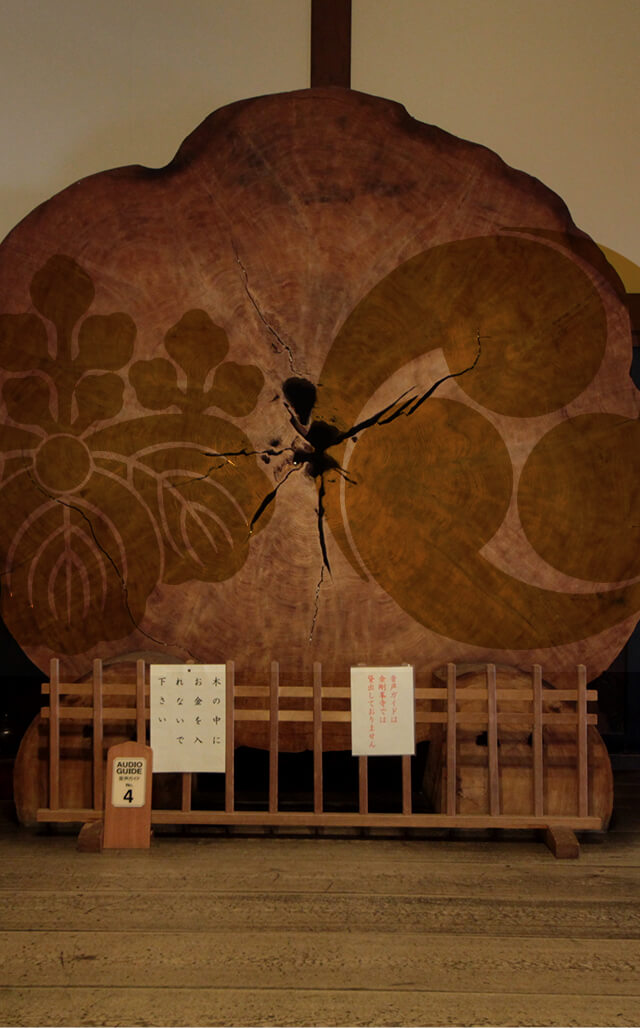

A young Kobo Daishi (Kukai) wrote a letter to the imperial court in which he explains how he has discovered the site on Mount Koya and his desire to use it as a training ground for esoteric Buddhism. He talks about his journey from distant Yoshino and his arrival on Mount Koya.
Kobo Daishi entered a university in the capital at Nara when he was 18. Universities like this one were based on a curriculum in Confucianism and geared at training bureaucrats, so they had ceased to focus on academic disciplines that could be of use in helping society and laypeople. However, Kobo Daishi, who wanted to change the world and help those that suffered, soon grew to see the limitations of this kind of schooling.
Temples in the capital city also possessed vast paddy fields and a terrain that seemed aristocratic in nature. The monks there violated the Buddhist precepts and seemed to live depraved, secular lives that differed in no way from the world outside. Dissatisfied with the corruption in the capital, Kobo Daishi left the university at age 20. He trained under Gonzo Daitoku at Makinoosan Temple and committed himself fully at that time to Buddhism. One theory says that Kobo Daishi went to Mount Omine in Nara to train in the forests, and that he had already explored an area at that time.
1,200 years
with Kukai
1200 and
come with Kukai
In 2015, Mount Koya greets the 1,200th anniversary of its founding by Kobo Daishi (Kukai) as a monastery for training. From April 2 through May 21, we will be paying tribute to Daishi’s monumental achievement with a range of magnificent events.
How Kukai envisioned
Mount Koya
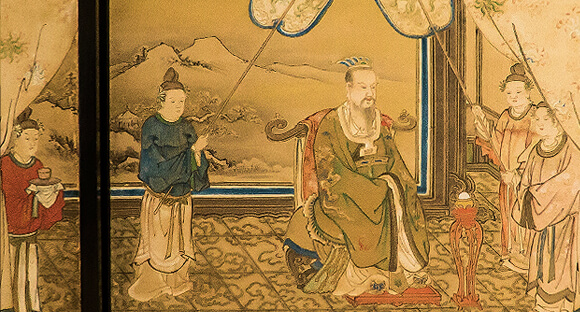
- Koyasan retractor First purpose of
-
Kukai founded a temple on Mount Koya as a site for he and his adherents to pray for the health and prosperity of Japan and its society.
- Koyasan retractor Second purpose of
- The temple complex was built as a place to train people who could contribute to the health and prosperity of society.
法会期間中の
ご開帳・特別公開
your exposition , special public in hoe period
Kondo Special Unveiling
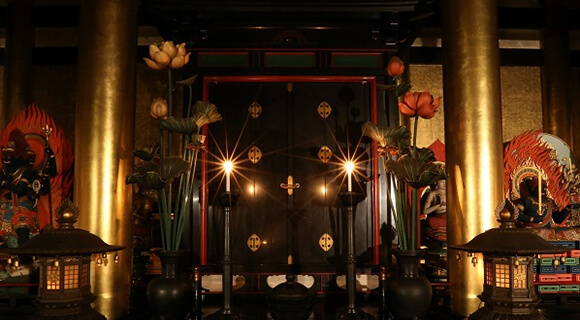
- Location
- Garan Kondo
- Enshrines
- Bhaisajyaguru
- Dates
- During the Daihoe service
April 2, 2015 — May 21, 2015
In Showa 9 (1934), when the Kondo was rebuilt to commemorate 1,100 years since Kobo Daishi’s passing into the next realm, an image of Bhaisajyaguru was created for enshrining there. This image has been kept behind doors in a small shrine for 80 years, and it will now be on view for the public.
Kongobuji public viewing of Buddhist image
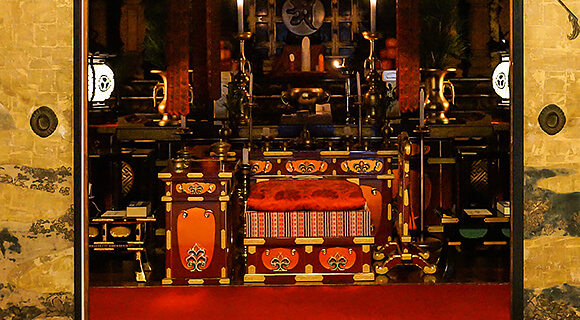
- Location
- Kongobuji
- Enshrines
- seated image of Kobo Daishi
- Dates
- During the Daihoe service
April 2, 2015 — May 21, 2015
This image is enshrined in Kongobuji and was created in the first year of Tenwa (1680). This is the first time in 16 years that the image is revealed to the public.
2015 Events
1,200 year anniversary of Mount Koya’s founding
From April 2 through May 21, 2015, a series of events will be held daily on Mount Koya. They are aimed at followers of Kobo Daishi, be they members of the Koyasan Shingon sect or followers, members of other sects or temples, or monks or lay people. The event is open to all.
The Danjo Garan and Okunoin, along with Jison-in at the foot of the mountains and Niutsuhime Shrine, to name a few, will be opening this area up as Kobo Daishi’s historic site and celebrating a magnificent 1,200 year anniversary.
Koyasan Walking Pilgrimage
The Koyasan Kechien Angya is a walking pilgrimage. The two symbols of Mount Koya, the flying vajra trident (a replica) and a large trident made in its image, join the Unceasing Light on a trip around Japan, with services being held at temples along the way.
飛行三鈷杵
the flying vajra trident
Kobo Daishi, after learning the entirety of esoteric Buddhist practice from his teacher Keika Kasho in T’ang China, returned to Japan. He prayed to find the ideal location to create a training ground for Buddhism and threw a three-pronged trident, a Buddhist artifact he had inherited from Ryumo Bosatsu, one of the elders of esoteric Buddhism, in the direction of Japan. Legend says that it flew across the seas and landed on a pine tree on Mount Koya. This tree is the “Sanko no Matsu” that now stands in front of the Miedo.
This story has been retold as one of the key turning points in the founding of Mount Koya. The flying trident is the symbol that led Kobo Daishi to the mountain.

伽藍中門再建と
四天奉安
The reconstruction of chumon gate
/ The enshrinement of shiten statues
Reconstruction
of the Garan Chumon
1,200 years ago, Kobo Daishi (Kukai) set out to create a training space for esoteric Buddhism. At that time, he already envisioned the Chumon as part of this master plan. The Chumon plays a role as the central gate in the Garan, but it burned down in Tempo 14 (1843). Now, 172 years later, it has been rebuilt. In addition to the images of Dritharastra and Vaisravana, which had been at the original gate, two new images of Virudhaka and Virupaksa were added. On the first day of the Daihoe service (April 2), a mandala offering marking its completion will be held.
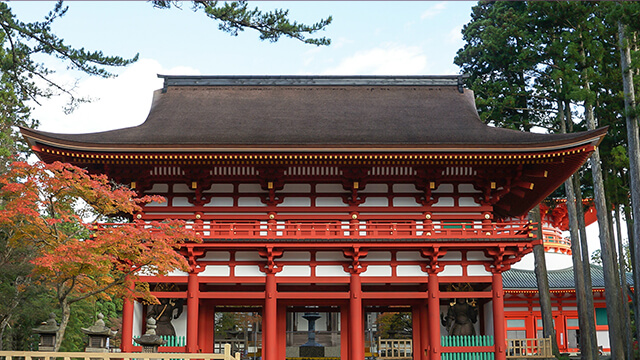 Panoramic view Chumon
Panoramic view Chumon
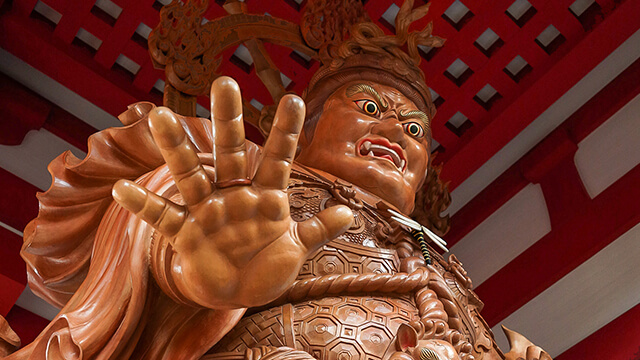 The newly built has been Jikokuten
The newly built has been Jikokuten
The history of the Chumon
Over its 1,200 years of history, the Chumon has repeatedly burn down and been reconstructed. In Tempo 14 (1843), a large fire destroyed the Daito, Kondo, and Miedo, along with the Chumon. The Chumon has been rebuilt for the first time in 172 years, replacing what had been the single remaining cornerstone. We describe some of the historical highlights here.
- Konin 10(819)
- The Torii-shaped gate in front of the Kondo is believed to be an early form of the Chumon.
- Jowa 14(847)
- Rebuilt in a simple shape in front of the Kondo.
- Eikyu 3(1115)
- A three-partitioned gate with eight pillars is built.
- Eiji 1(1141)
- The three-partitioned, eight pillar gate is moved to the current location of the Chumon.
- Kencho 5(1253)
- The gate is changed to a two-storey, five-partitioned gate.
- An’ei 3(1774)
- Burns down
- An’ei 8(1779)
- A new two-storey, five-partition gate is built.
- Bunka 6(1809)
- Burns down
- Bunsei 3(1820)
- The seventh gate is rebuilt using a two-storey, five-partition design.
- Tempo 14(1843)
- Burns down
- Heisei 26(2014)
- The eighth gate is built.
- Heisei 27(2015)
- For the first day of the Daiho service, a completion ceremony will be held.
高野山霊宝館
kouyasan reihoukan
Special 1,200 Year Anniversary Events at the Koyasan Reihokan Museum
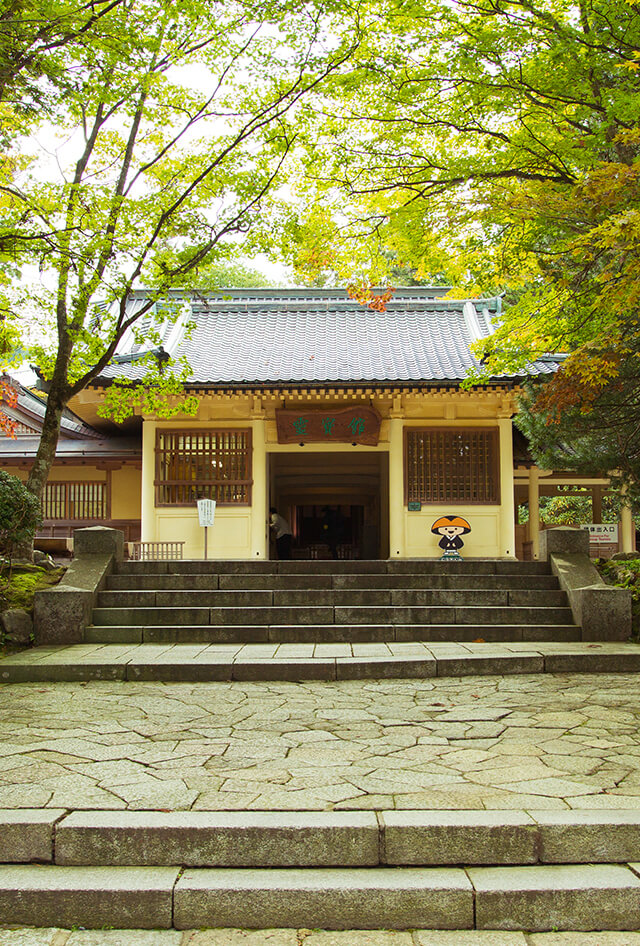
法会限定特別公開
Koyasan sun and large treasureKaikei work mahamayuri image
Mount Koya’s Three Holy Artifacts and
Image of Mahamayuri
2015 marks the 1,200 year anniversary of Mount Koya’s founding. A special Daihoe service will be held in commemoration. During this time, the three sacred treasures will be displayed at the Reihokan Museum for a limited time.
The Flying Trident was thrown by Kobo Daishi from T’ang China as way of divining the optimal site to promote Shingon Buddhism in Japan. It landed on Mount Koya, so it is considered a symbol of the 1,200 years this temple has been active.
Kobo Daishi is considered, alongside Emperor Saga and Tachibana no Hayanari, one of the three great calligraphers of the Heian period. The Roko Shiiki is a document which he penned in his young days, announcing his entry into the priesthood. You will be sure to enjoy his stirring, dynamic brushstrokes.
The Shoson Butsugan are sculpted images that were among the scriptures and artifacts that Kobo Daishi brought back from China. These images are believed to be symbols handed down among the seven Shingon patriarchs before Kobo Daishi. Their style and design vividly recalls motifs used in India, the wellspring of Buddhism.
- Dates
- April 2, 2015
— May 21, 2015 - Location
- Koyasan Reihokan Museum
-
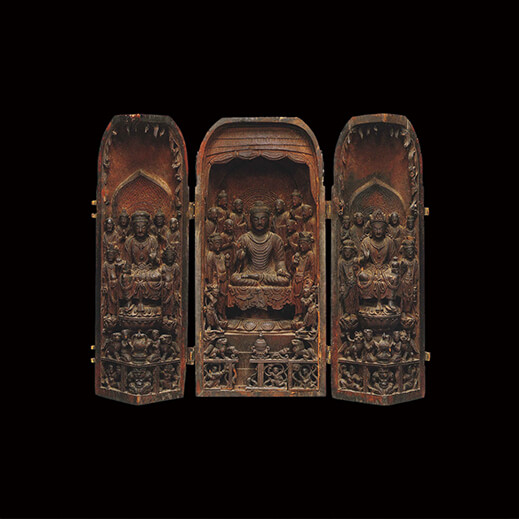
Shoson Butsugan
Mount Koya 1,200 Year Anniversary Exhibit
Mount Koya’sHoly Relics
koyasan of your sacred
treasures
Niu is the tutelary Shinto deity on Mount Koya. During a repair of the facilities in 2003, a range of plaques and swords bearing its image were found. This is an exhibit of those items and their deep relationship with Mount Koya’s founding.
- Dates
- March 21, 2015
— July 5, 2015
- Bonjikakebotoke
- Dainichikakebotoke


